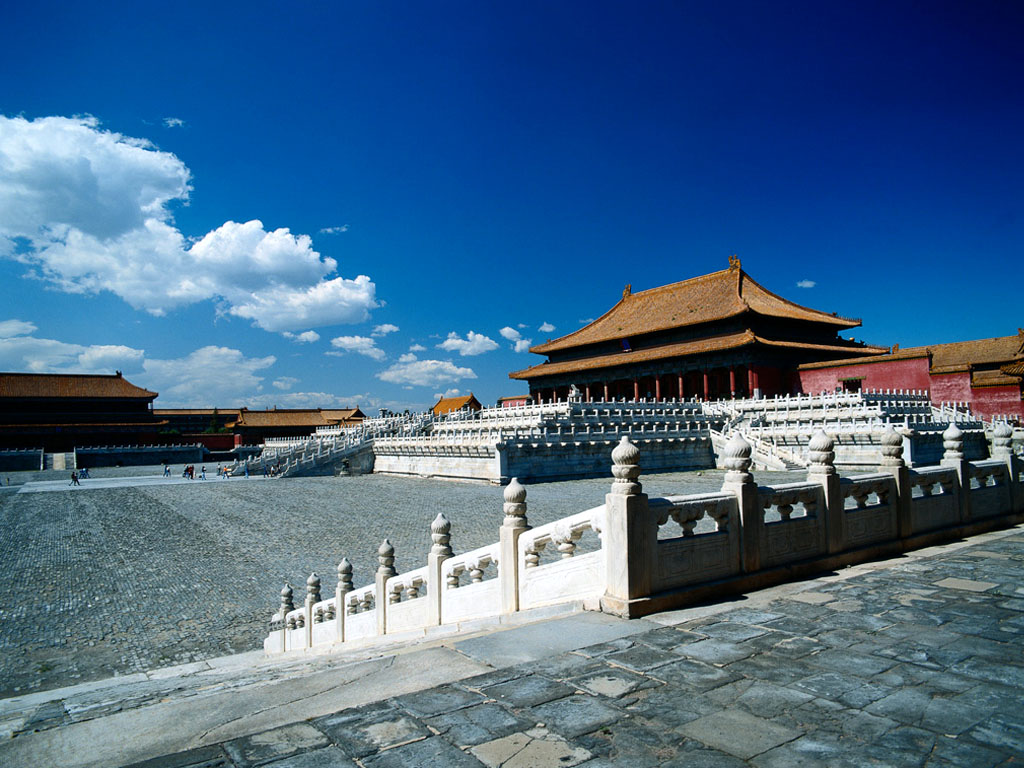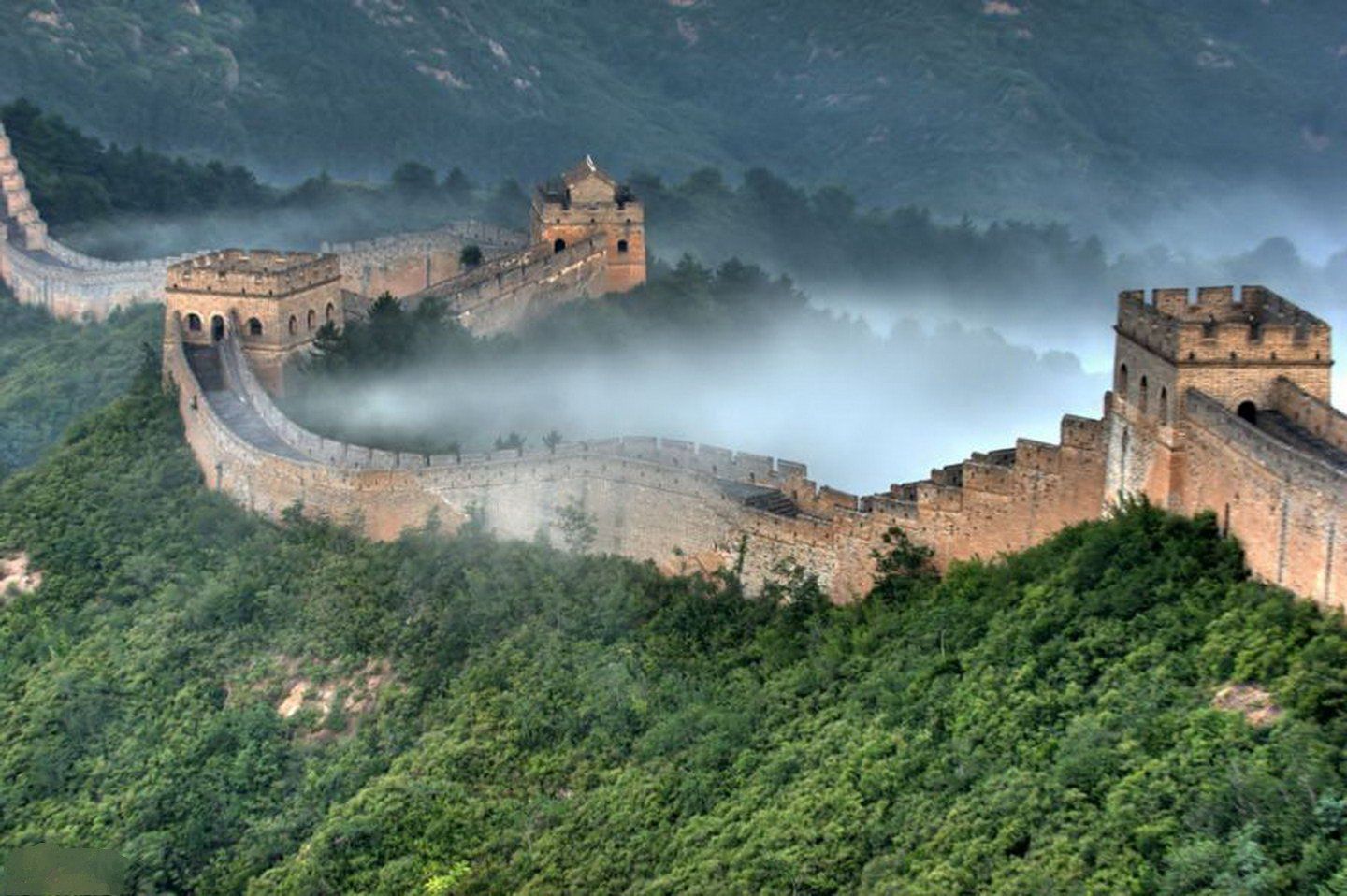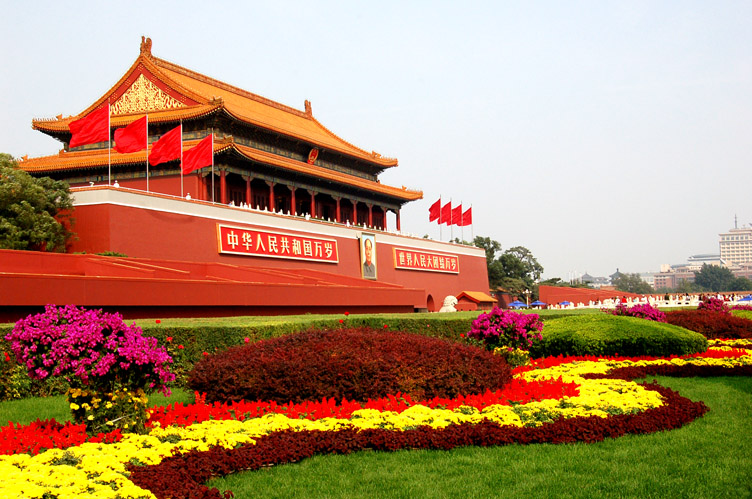Beijing

-
Being capital of the People's Republic of China, it is the nation's political, economic, cultural, educational and international trade and communication center. As one of the six ancient cities in China, it has been the heart and soul of politics and society throughout its long history and consequently there is an unparalleled wealth of discovery to delight and intrigue travelers as they explore the city's ancient past and exciting modern development. Now it has become one of the most popular tourist destinations in the world, with about 140 million Chinese tourists and 4.4 million international visitors in a year.
1. Forbidden CityThe Forbidden City was the Chinese imperial palace from the Ming dynasty to the end of the Qing dynasty. It is located in the center of Beijing, and now houses the Palace Museum. It served as the home of emperors and their households as well as the ceremonial and political center of Chinese government for almost 500 years. The Forbidden City, the culmination of the two-thousand-year development of classical Chinese and East Asian architecture, has been influential in the subsequent development of Chinese architecture, as well as providing inspiration for many artistic works.

2. Great Wall in Beijing
The Great Wall of China is a series of fortifications made of stone, brick, tamped earth, wood, and other materials, generally built along an east-to-west line across the historical northern borders of China to protect the Chinese states and empires . It is one of the ¡°Eight Wonders of the World¡± and is enlisted in the World Heritage Directory.

3. Tiananmen Square
Tiananmen Square is a large city square in the center of Beijing, China, named after the Tiananmen gate located to its North, separating it from the Forbidden City. Tiananmen Square is the fourth largest city square in the world. It has great cultural significance as it was the site of several important events in Chinese history. The Tiananmen Gate, a gate in the wall of the Imperial City, was built in 1415 during the Ming Dynasty. This gate had a special status as the "Gate of the Nation", as can be seen from its successive names. It normally remained closed, except when the Emperor passed through. Commoner traffic was diverted to side gates at the western and eastern ends of today's square, respectively.
